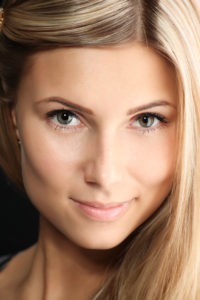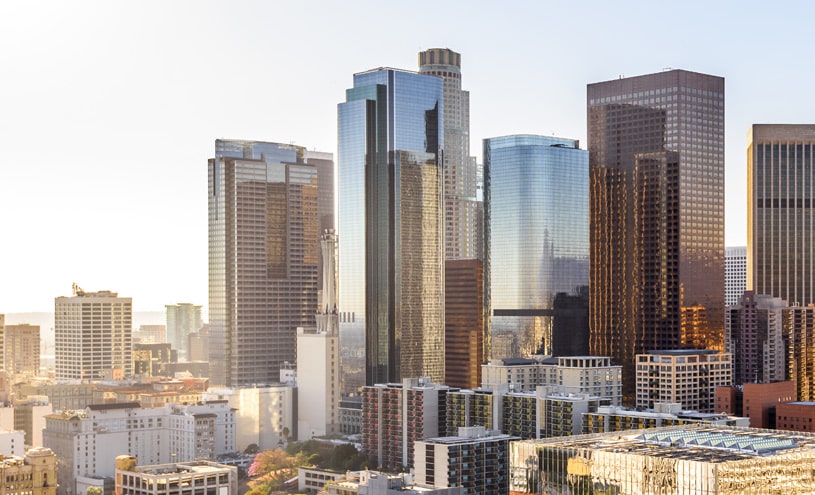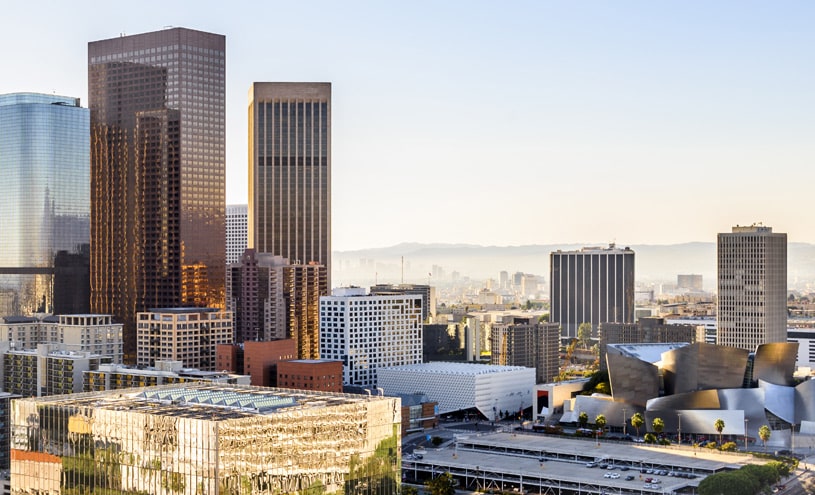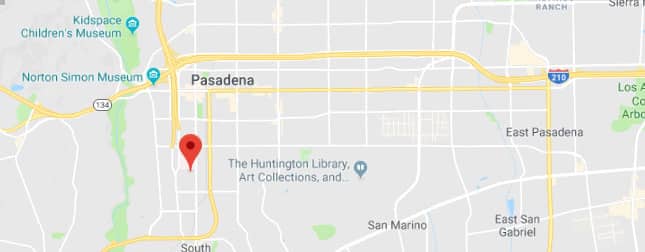 The loss of facial movement due to nerve damage is known as facial paralysis. The muscles of the face may sag or become weak. It can occur on either or both sides of the face. Some common reasons for facial paralysis are:
The loss of facial movement due to nerve damage is known as facial paralysis. The muscles of the face may sag or become weak. It can occur on either or both sides of the face. Some common reasons for facial paralysis are:
- stroke
- infection or swelling of the facial nerve
- head trauma
- neck or head tumor
Facial paralysis can occur suddenly or slowly over some months, which happens in the case of a neck or head tumor. The cause will determine how long the paralysis may last.
The National Institute of Neurological Disorders and Stroke explains that Bell’s palsy is the most frequent reason behind facial paralysis. Around 40,000 Americans suffer sudden facial paralysis due to Bell’s palsy annually. Bell’s palsy leads to the swelling of the facial nerve. This usually causes facial muscles on one side to droop.
Considerate board certified facial plastic and reconstructive surgeon Dr. Eric Yavrouian provides treatments for facial paralysis to patients in Glendale, Pasadena, Burbank, Greater Los Angeles, Beverly Hills, CA, and other towns and cities in this area of The Golden State.
Facial Paralysis Treatment
Bell’s Palsy
Most Bell’s palsy patients will recover fully by themselves with or without treatment. But studies indicate that taking oral steroids such as prednisone as well as antiviral drugs can help enhance the possibility of full recovery. In addition, the patient can undergo physical therapy to strengthen their muscles and prevent long-term damage.
Patients who do not recover completely can undergo plastic surgery to address eyelids that cannot close fully or an uneven smile.
Eye damage is the most grievous danger associated with facial paralysis. Bell’s palsy typically prevents one or both eyelids from shutting properly, and the inability to blink normally can cause the cornea to dry out making it possible for particles to enter the eye and damage it.
Facial paralysis patients should apply artificial tears throughout the day as well as use an eye lubricant during bedtime. Furthermore, they may need to use a specialized clear plastic moisture chamber to ensure the eye remains moist and safe.
Stroke
People who experience facial paralysis due to a stroke will receive the same treatment as that given to patients of a majority of strokes. A special stroke therapy capable of destroying the stroke-causing clot may be useful for patients who have suffered a stroke recently.
For strokes that occurred long ago, the physician may use medications to mitigate the risk of further damage to the brain. Strokes are extremely time-sensitive, and if you suspect that you or a loved one may be experiencing a stroke, you should rush to an emergency room immediately.
Other Facial Paralysis
Patients with facial paralysis due to other reasons may also find it beneficial to undergo surgery to repair or restore compromised muscles or nerves or eliminate tumors. The surgeon may also place small weights within the upper lids to enable them to close.
People experiencing uncontrolled muscle motion along with facial paralysis can benefit from Botox injections (to freeze the muscles) as well as physical therapy.
Outlook for Facial Paralysis
Most people will completely recover from Bell’s palsy although it may take six months or more for complete recovery.
People suffering from a stroke should get medical attention immediately in order to enhance the chances of complete recovery with minimal damage to the brain and body.
Committed facial plastic and reconstructive surgeon Dr. Eric Yavrouian receives patients from Glendale, Pasadena, Burbank, Greater Los Angeles, Beverly Hills, CA, and nearby areas across the landscape for facial paralysis treatments.
For more information about treatments and procedures by Facial Plastic and Reconstructive Surgeon, Dr. Eric J. Yavrouian, serving patients in and around Glendale, Pasadena, Burbank and the Greater Los Angeles, CA area call 818-241-2150 or click here to contact him for a consultation.


 In 2008, the first near-total
In 2008, the first near-total  A Cleft palate makes it challenging for kids to eat and talk as the food and fluids enter the nasal passage rather than going to the stomach via the throat.
A Cleft palate makes it challenging for kids to eat and talk as the food and fluids enter the nasal passage rather than going to the stomach via the throat.  An orofacial cleft refers to a condition where an infant is born with an opening in the lip and/or palate (mouth). Cleft lip is a commonly occurring congenital disability.
An orofacial cleft refers to a condition where an infant is born with an opening in the lip and/or palate (mouth). Cleft lip is a commonly occurring congenital disability. 



